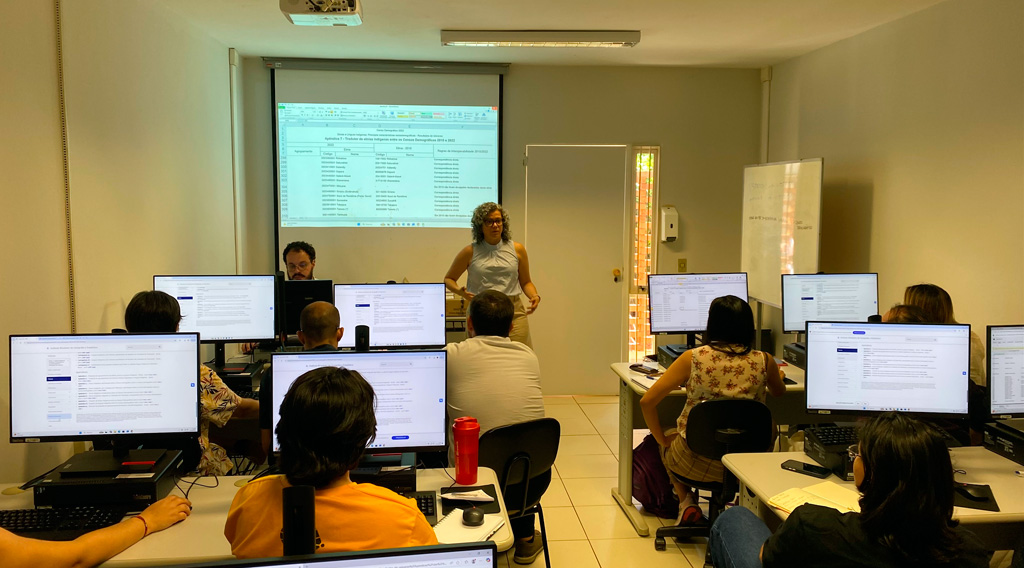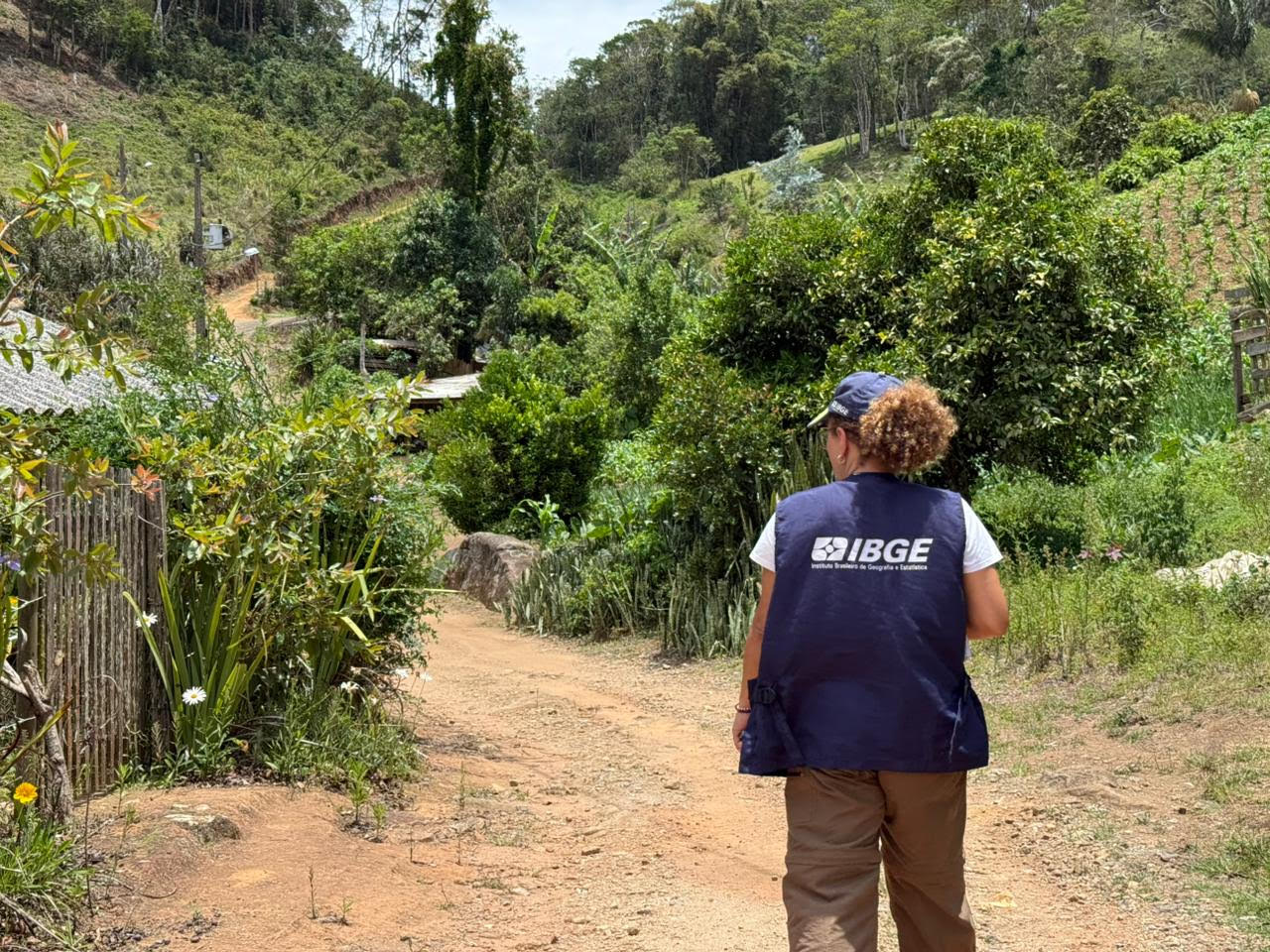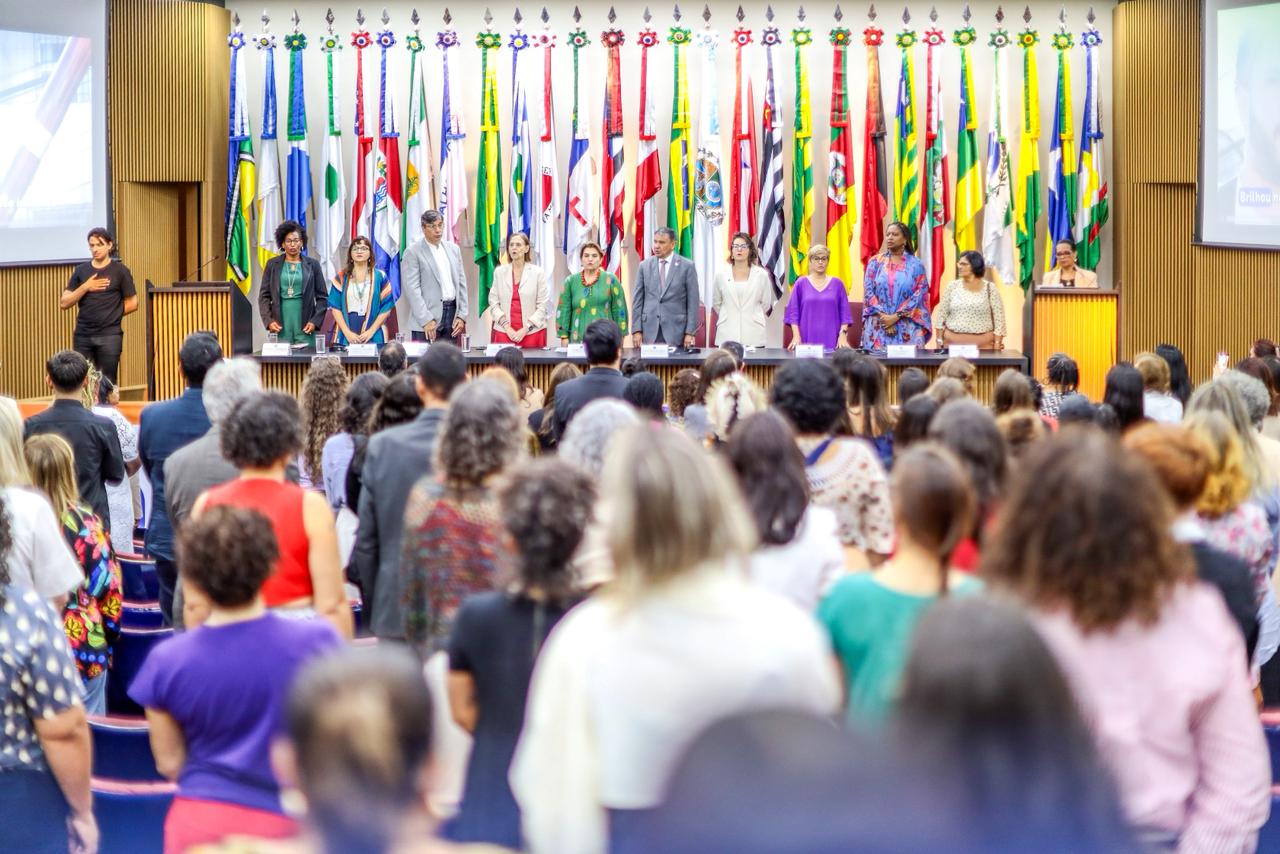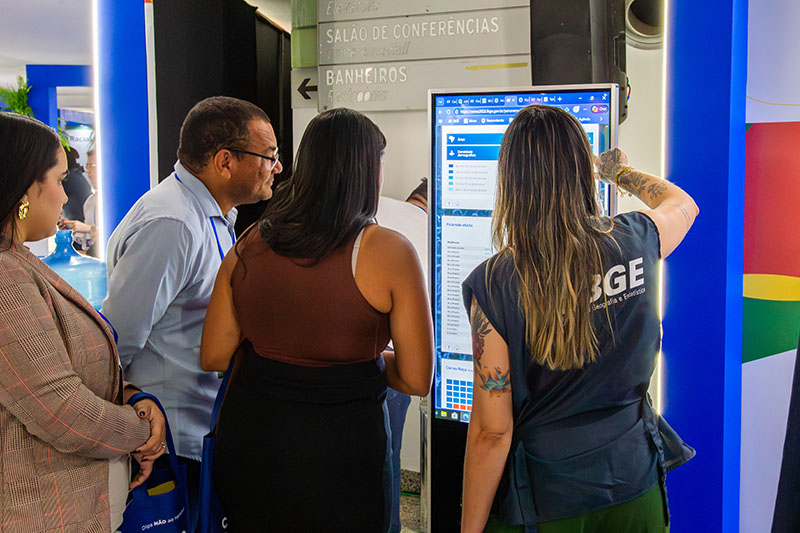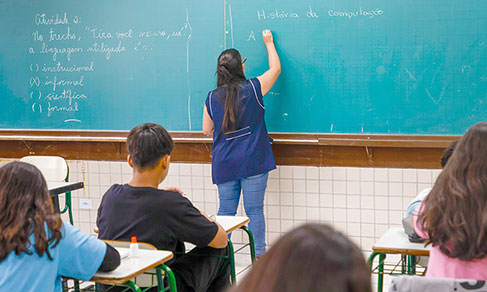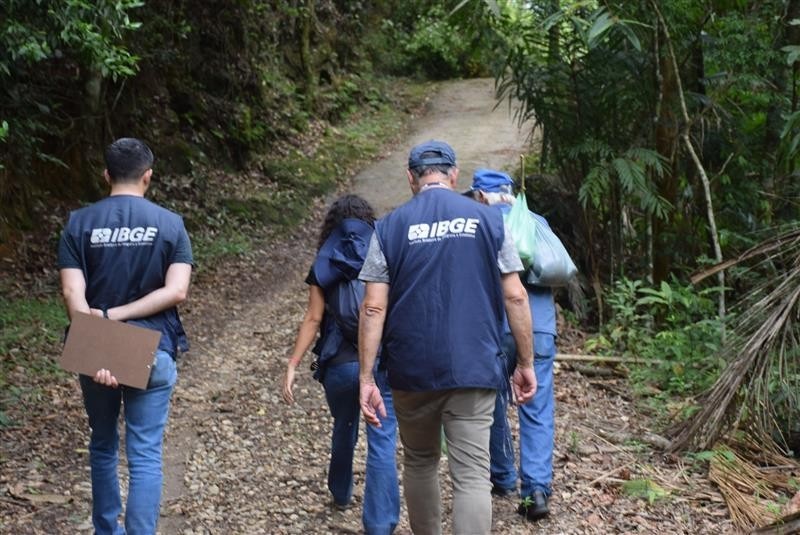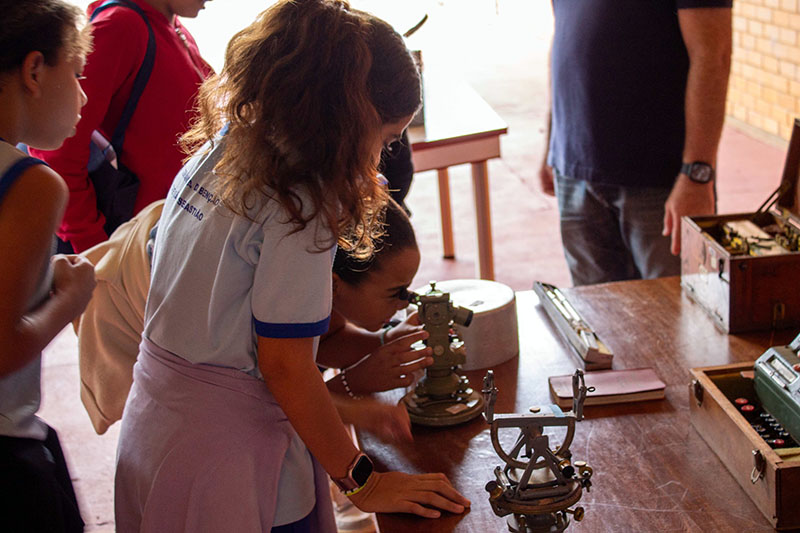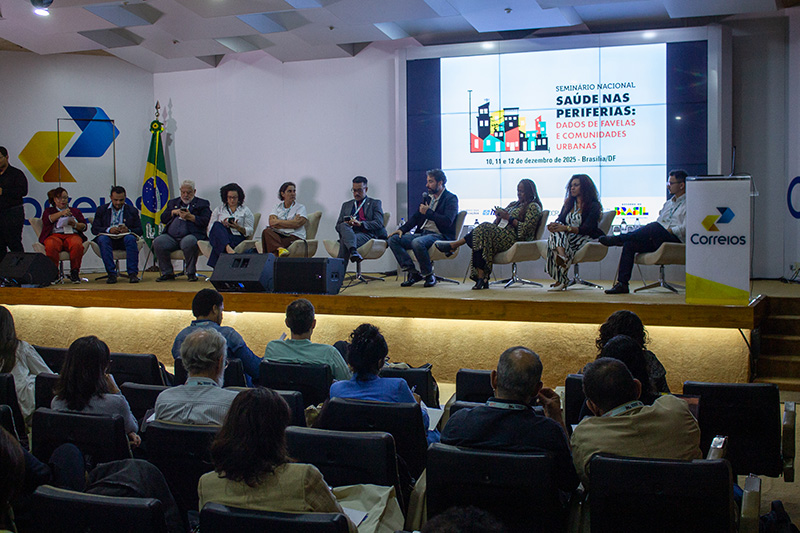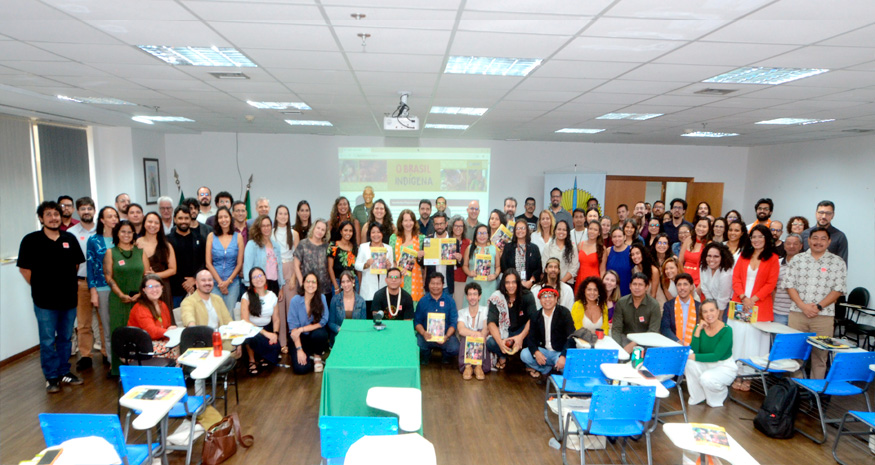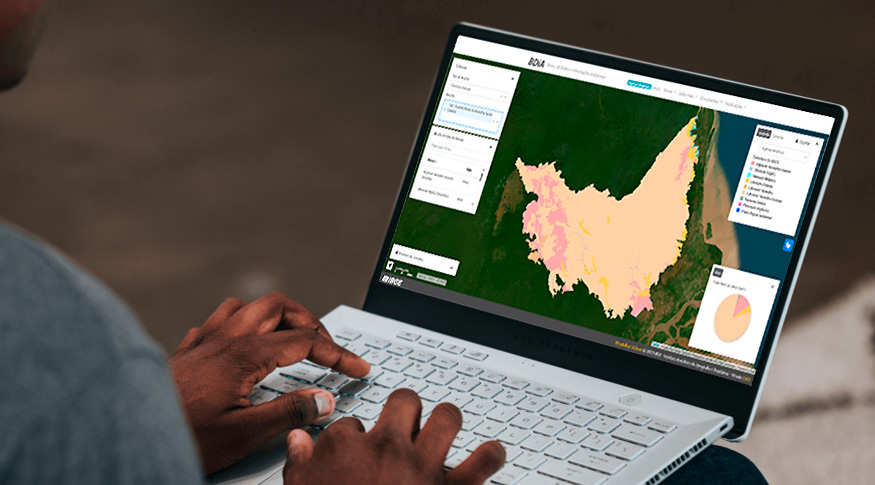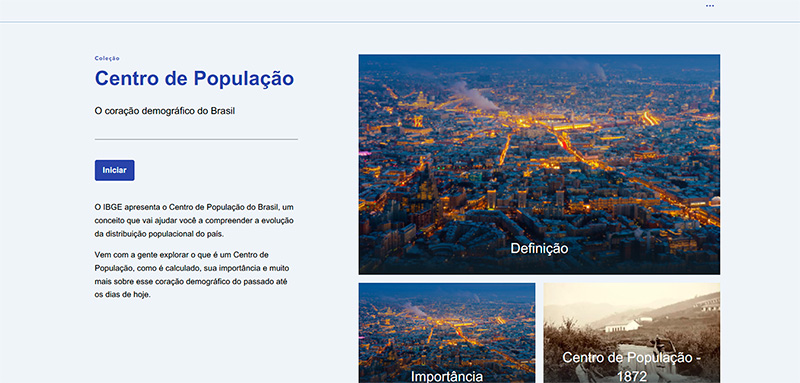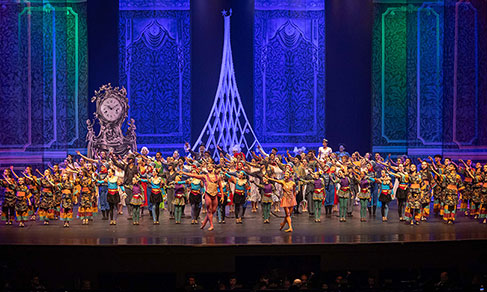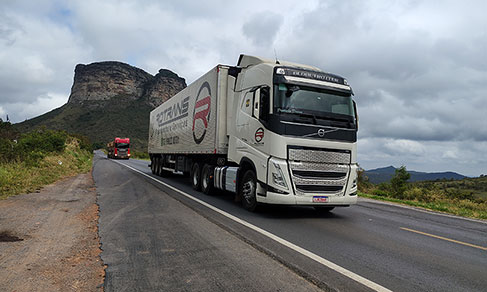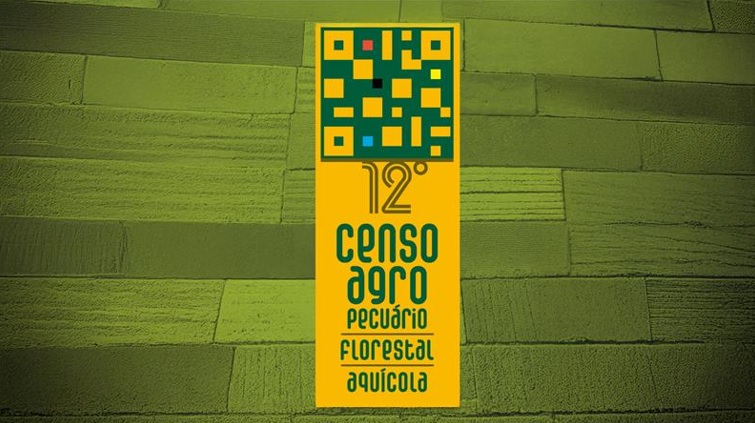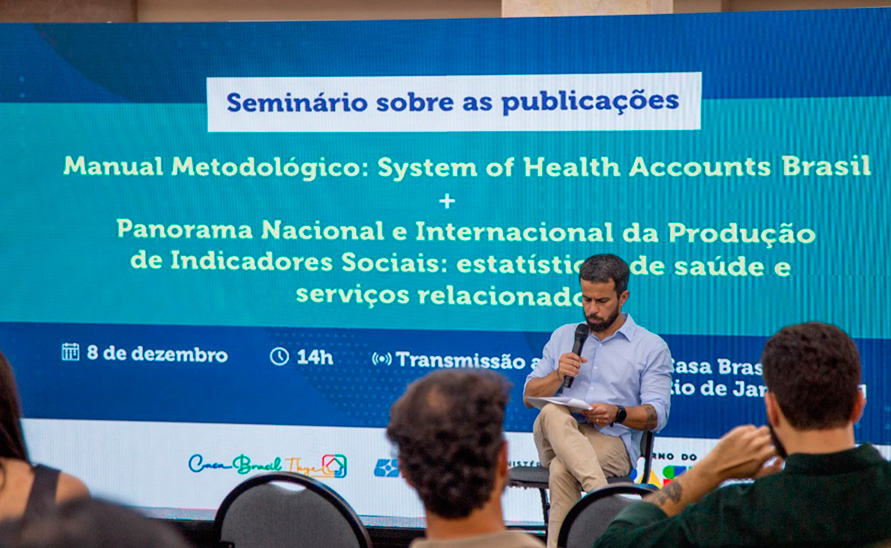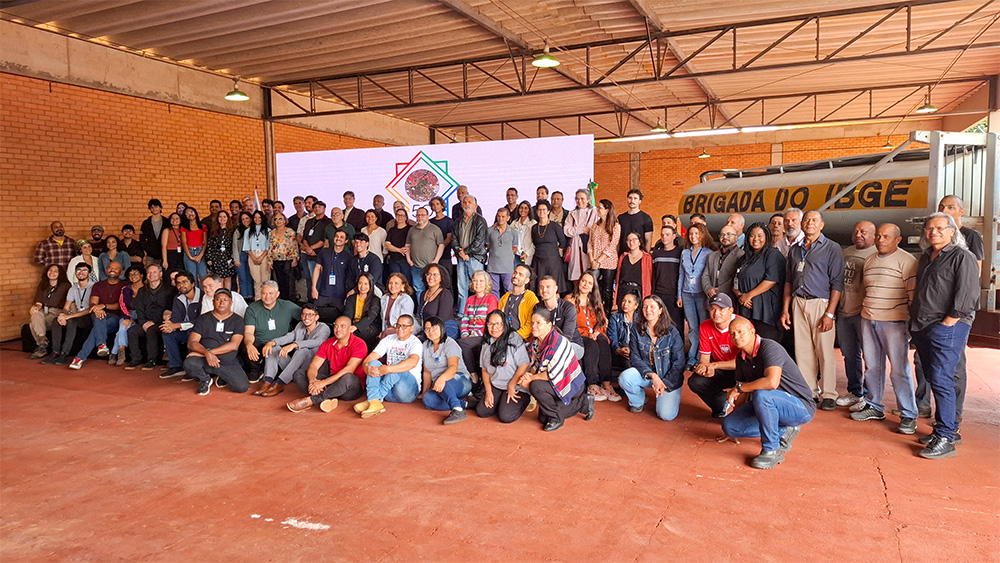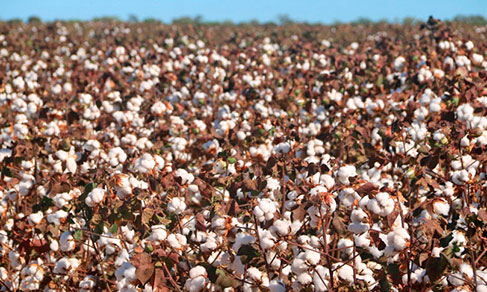2022 Census
In Campinas, IBGE releases results of the 2022 Census on indigenous ethnicities and languages
October 24, 2025 04h17 PM | Last Updated: October 29, 2025 10h03 AM
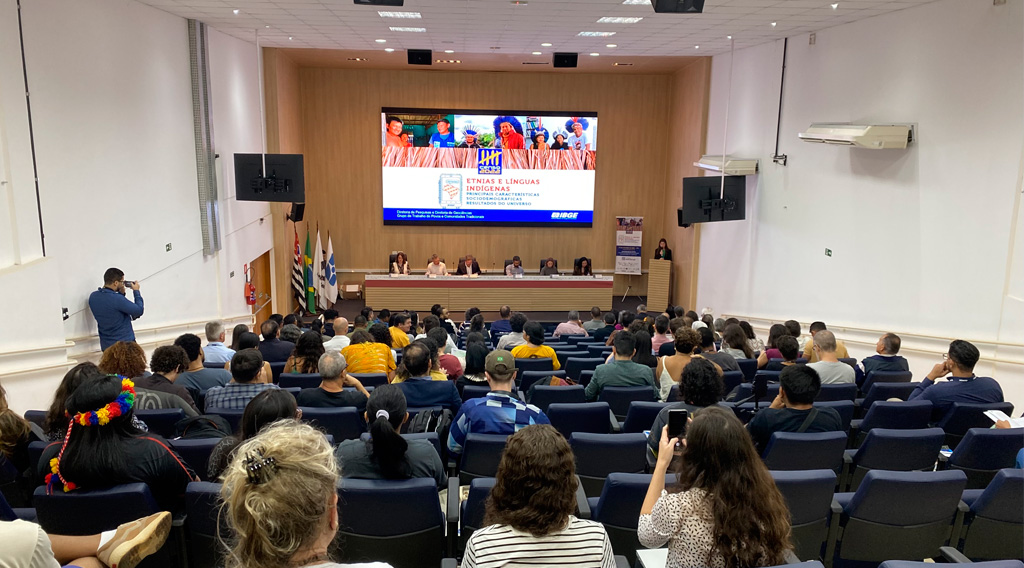
The Brazilian Institute of Geography and Statistics (IBGE) released the results of the "2022 Population Census: Indigenous Ethnicities and Languages – Main Sociodemographic Characteristics" this Friday (24), at 10:00 am, in Campinas (SP). The event was held in the Milton Santos Auditorium of the Institute of Geosciences at Unicamp, in Campinas (SP), and broadcast on the IBGE Portal, in the IBGE Digital section. The recording is available here.
The presentation was divided into two panels. The first panel included the special advisor to the President of IBGE, Denis Gimenez; the deputy director of Geosciences at IBGE, Gustavo Cayres; the technical coordinator of the Population Census, Giulia Scappini; the deputy general coordinator of the National School of Statistical Sciences (ENCE), César Augusto Marques; the coordinator of the Postgraduate Program at the Institute of Philosophy and Human Sciences at Unicamp, Joice Vieira; the professor from the general core curriculum of the School of Applied Sciences at Unicamp, Jamille Lima-Payayá; and the deputy executive secretary of the National Association of Postgraduate Programs in Social Sciences (Anpocs), Rozeli Porto.
At the beginning of the event, on behalf of the president of IBGE, Marcio Pochmann, special advisor Denis Gimenez emphasized that the dissemination of such data reinforces the institutional commitment to the quality and comprehensiveness of the information produced. “The presentation of this data reflects the country's effort to seek more precise information that represents the totality of who we are,” he stated.
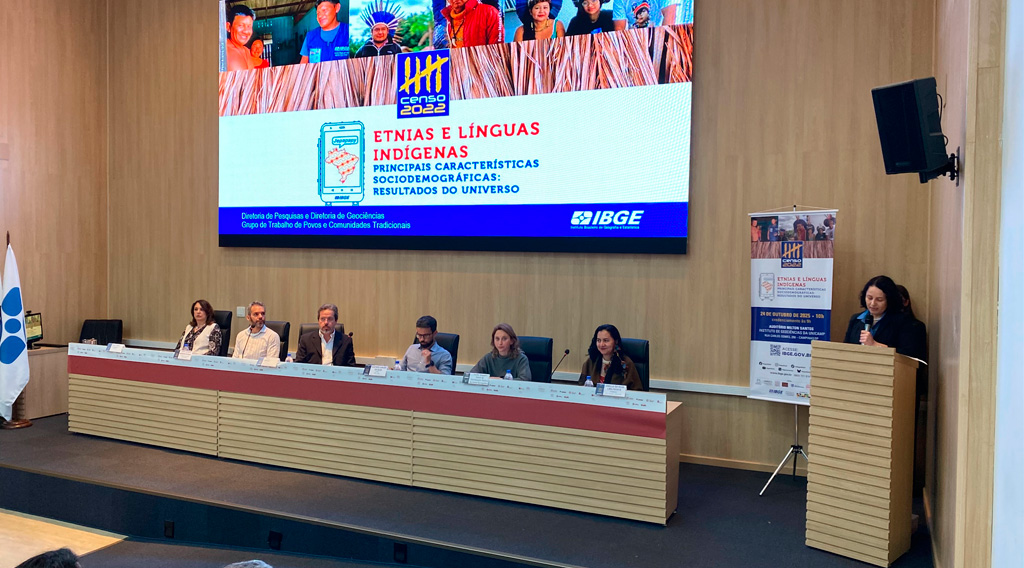
The Deputy Director of Geosciences, Gustavo Cayres, highlighted the challenges during the survey and thanked the technical teams and enumerators. “Data collection lasted ten months. It was a Census that faced the COVID-19 pandemic, budgetary restrictions, and the spread of fake news. Even so, the IBGE maintained the accuracy of the information. The project focused on traditional peoples and communities is one of the great prides of this Census,” he said.
The importance of the collaboration of indigenous communities for the success of the operation was emphasized by the technical coordinator of the Population Census, Giulia Scappini. “This work was only possible thanks to the people who opened their doors and broadened our knowledge about these populations,” she explained. “We continue with the mission of representing each people and community, recognizing and valuing Brazilian pluridiversity.”
Highlighting the use of the information released at the event, César Augusto Marques, from ENCE/IBGE, reflected on the relevance of the integration between statistical production and the academic environment for the advancement of knowledge. “The Census data are the result of a rigorous process—from preparation to collection, processing, and dissemination—and are increasingly demanded by the scientific community for their quality and depth,” he stated. “It is very difficult to think of an academic research on the topic of indigenous ethnicities and languages that does not use IBGE data, and we are committed to delivering this information with ever-increasing quality.”
Professor Joice Vieira, from the State University of Campinas, pointed out the opportunity that the Census offers to better understand the Brazilian population and all its diversity. “To speak of languages and ethnicities is to speak of ancestry—the thread that connects us to the past, present, and future. As Elis Regina would say: ‘Brazil needs to get to know Brazil’,” she argued.
Professor Jamille Lima-Payayá, also from the University of Campinas, emphasized the social impact of the information produced: “These data are not just numbers: they are a tool for struggle and for amplifying indigenous issues inside and outside the university. To speak of the diversity of languages and ethnicities is to recognize that we are multiple.”
The representative of Anpocs, Rozeli Porto, in turn, emphasized the positive impact that this survey can generate in the future. "These are data that tell life stories and contribute to the construction of a more just country, where indigenous knowledge unites with science to plan the future," she concluded.
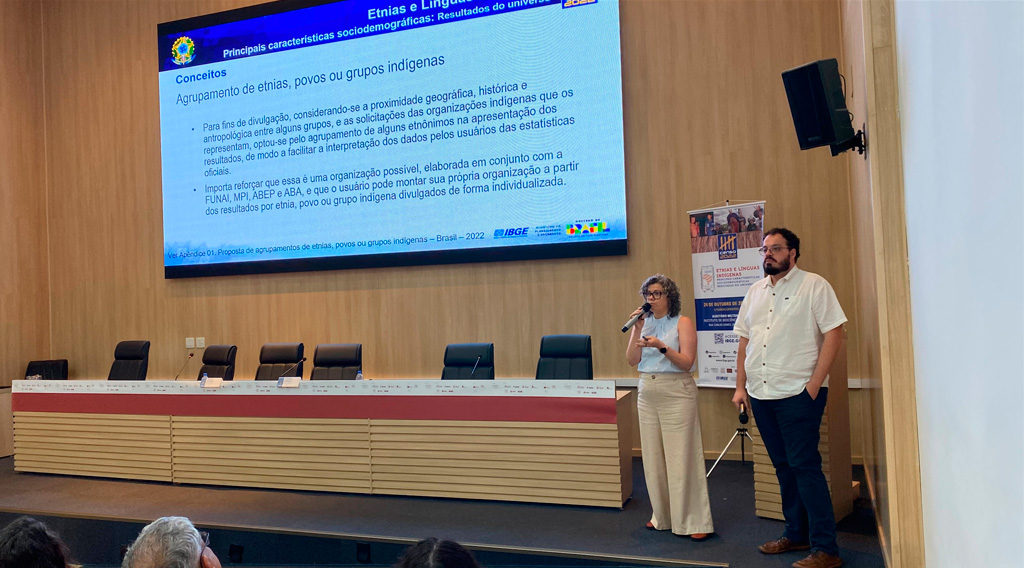
After the opening panel, the manager of Traditional Peoples and Communities and Specific Population Groups, Marta Antunes, and the manager of Traditional Territories and Protected Areas at IBGE, Fernando Damasco, presented the survey results, highlighting data such as the increase in the number of indigenous ethnic groups compared to 2010 and the percentage reduction in speakers of indigenous languages.
Experts and indigenous leaders comment on results
In the second panel, researchers and indigenous leaders gathered to comment on the data presented and reflect on its academic, social, and political implications. Those present at the second panel included the coordinator of the Working Group on Demography of Traditional Peoples and Communities of the Brazilian Association of Population Studies (ABEP), Rosa Colman; the strategic management coordinator of FUNAI, Artur Mendes; the coordinator of Indigenous Educational Policies at the Ministry of Indigenous Peoples, Edilson Baniwa; the coordinator of the Elza Berquó Population Studies Center (NEPO-Unicamp), Glaucia Marcondes; the director of the Institute of Philosophy and Human Sciences (IFCH-Unicamp), Ronaldo Almeida; and the pedagogical technician from the Coordination of Specific Modalities of the State Secretariat of Education of Mato Grosso do Sul, Waneide Duarte.
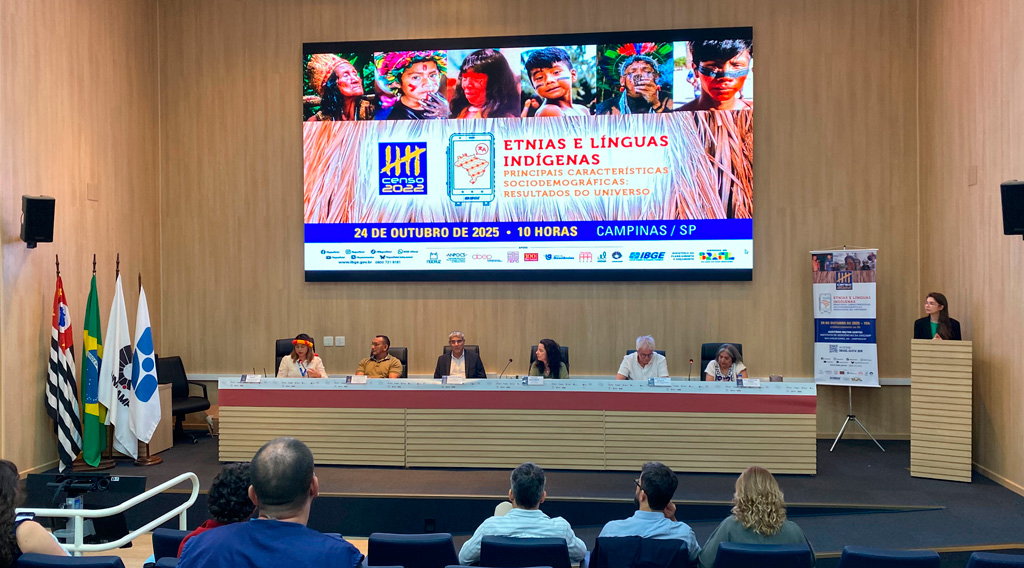
Participants highlighted the methodological advancements of the 2022 Census, which expanded the questions aimed at identifying indigenous ethnicities and languages, and emphasized the importance of using this data in formulating public policies, protecting indigenous rights and territories, and strengthening academic research on indigenous peoples.
The event brought together 120 participants in person – including researchers, students, civil servants, and journalists – and hundreds of online viewers on the IBGE's YouTube channel.
The results can be accessed on the IBGE portal portal and on platforms such as the IBGE Automatic Data Retrieval System – SIDRA, the Census Overview, and the Interactive Geographic Platform (PGI), with information also available through interactive maps on the latter two platforms. The data covers Major Regions, States, Municipalities, the Legal Amazon, and Indigenous Lands.
Workshop offered for students and researchers
Following the event, the Institute held the workshop “Indigenous Peoples in the 2022 Census: potential uses and data visualization,” in two sessions from 1:30 pm to 5:30 pm. The audience consisted mainly of students and researchers from areas related to the topic.
In the free workshops taught by Marta Antunes and Fernando Damasco, participants were able to delve deeper into the innovations of the 2022 Census in investigating the indigenous theme and discover the potential of access tools such as Sidra and the Interactive Geographic Platform.
